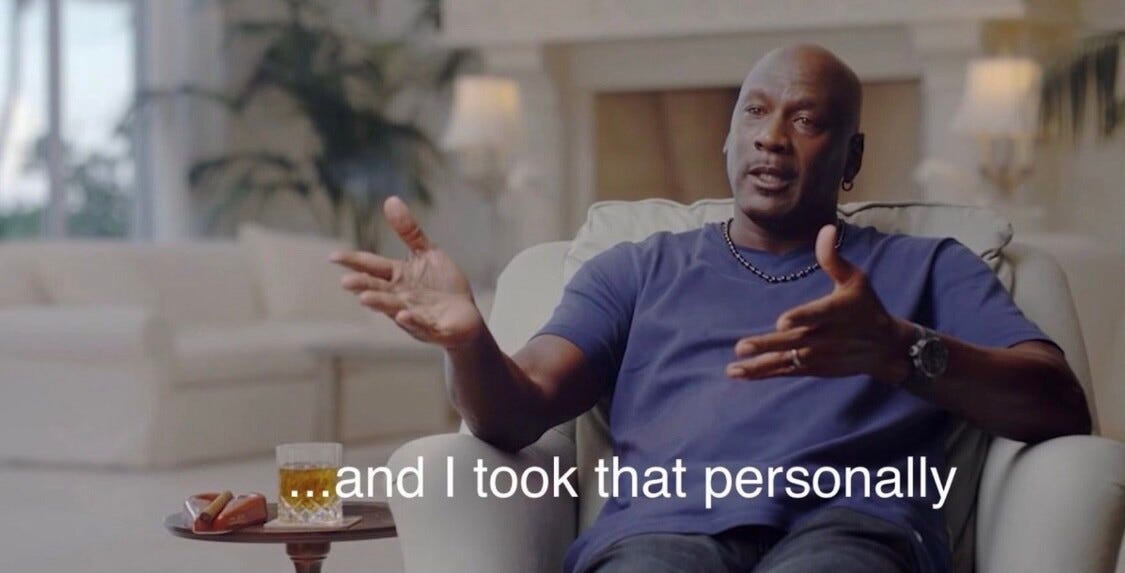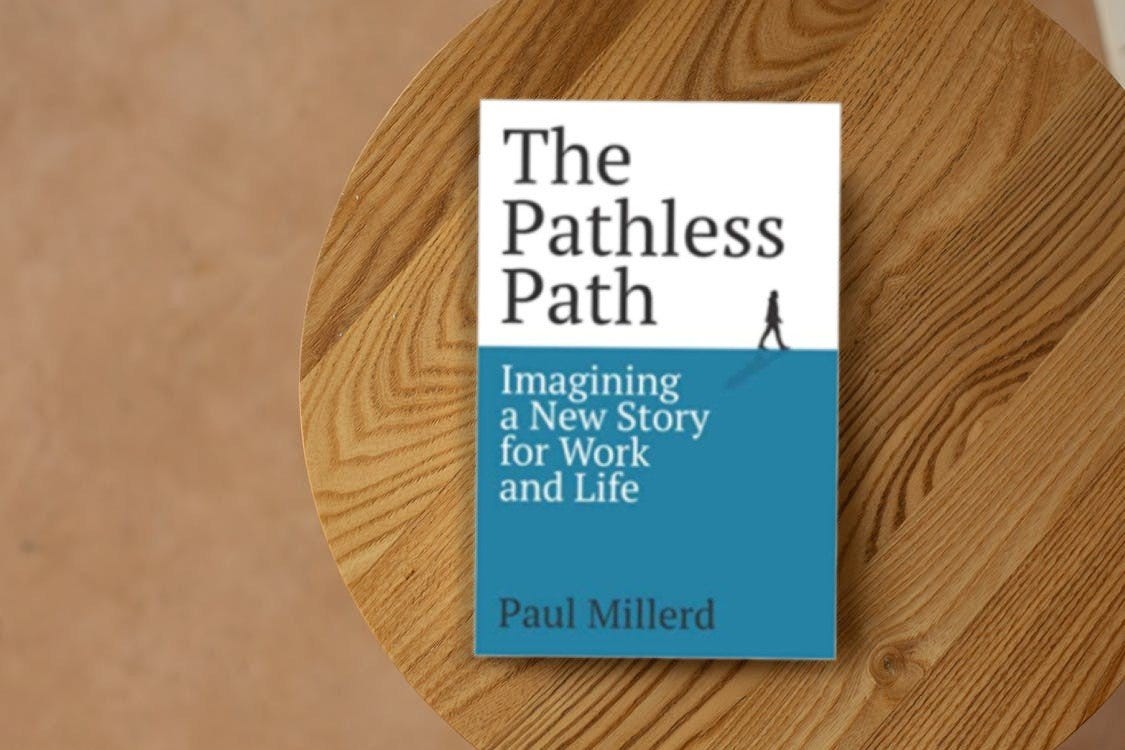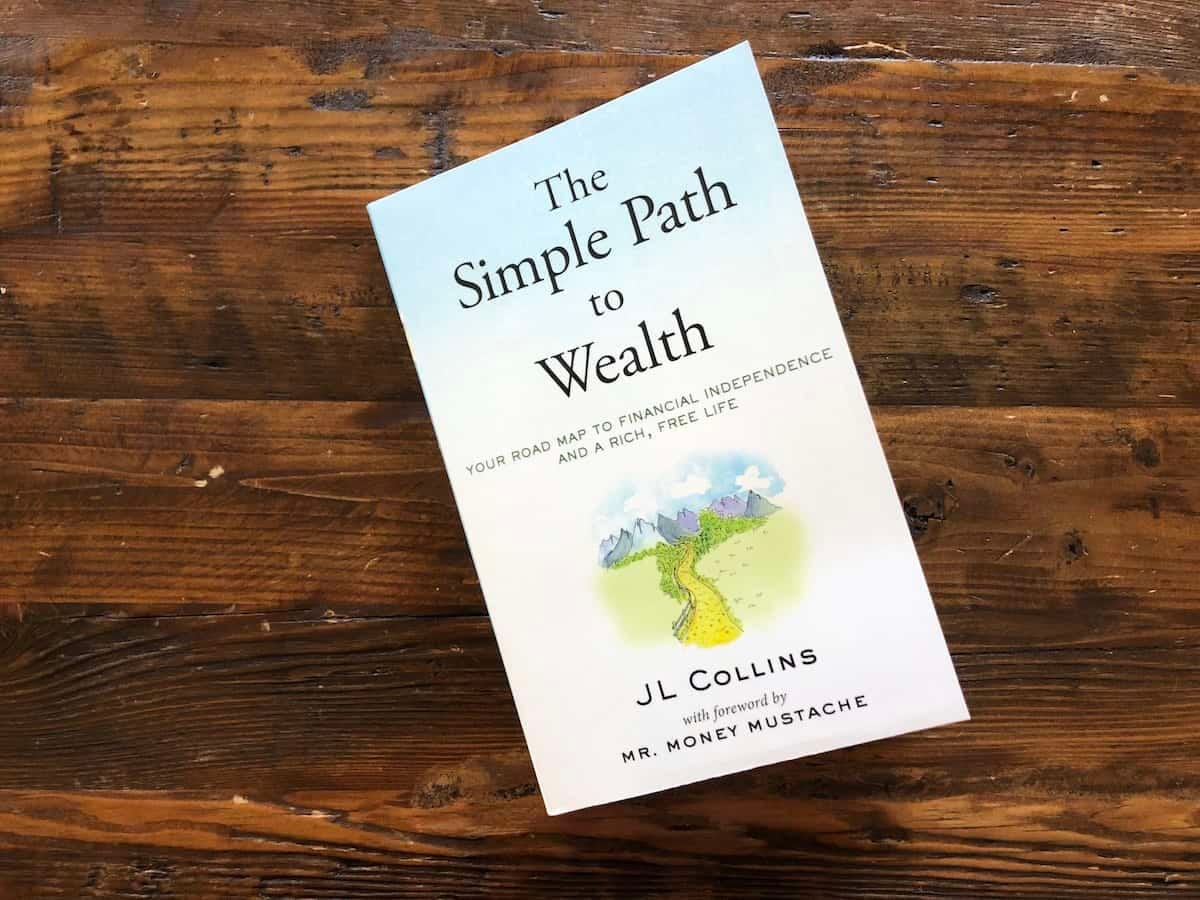Early Exit #42: The Book Every Freelancer Should Read
And 3 other books that helped me become the freelancer I am today.
You’re reading Early Exit Club — a newsletter about leaving the 9-5 workforce to build a $20k/month solo business your dream life by Nick Lafferty.
Soon: My Retainer Pricing Manifesto (it’s getting long!)
These are Amazon affiliate links that will help support the Early Exit Club if you choose to purchase something 🙏
Hello from the laundry room of the glamorous Residence Inn in Nashville, Tennessee! I’m nearly halfway through my cross-country move to Brooklyn and trying to carve out time for a newsletter before getting on the road again tomorrow morning.
I started reading a new book recently and after only two chapters I’m convinced this will become the first book I recommend to all of my freelancer friends.
What follows are my notes from the first two chapters of The Win Without Pitching Manifesto by Blair Enns and 3 other books that helped me become the freelancer I am today.
Win Without Pitching by Blair Enns
I highlighted so many things from the first two chapters of this book that I had to share them with y’all. Everything in quotes is pulled directly from the book.
1) The Power of Specialization
My most referenced and second-most popular newsletter is a Masterclass on Personal Positioning in partnership with my good friend Tamara Grominsky, founder of PMM Camp and A+ human.
Tamara helped whip my positioning into shape and now I preach it as a must-do to every Solopreneur. This is one of those “sounds simple but is actually complicated” things.
I knew my positioning sucked when I pitched myself to a PMM friend of mine and it turned into a 5 minute long ramble where even I was confused.
One of my former colleagues and newly minted consultant, who shall remain nameless, wrote this in their newsletter a few weeks ago when they were diagnosing how they went 0/9 when pitching to prospective clients:
My positioning and messaging sucked. As a marketer, this is embarrassing - much of my job is figuring out how to concisely communicate how my clients’ products/services will change their customers’ lives for the better, and yet I didn’t do the same for my own services.
Blair recommends making a “Very Difficult Business Decision” and picking one area to specialize in.
This is hard for anyone to do because we’re good at many things!
The difficulty of deciding what business we are in is made harder by our inclination to preserve our options, to pursue something we’ve never done before, to reserve the right to do it differently next time.
I used to offer everything from SEO, Paid Marketing, and Affiliate Marketing services to my clients. But offering everything doesn’t differentiate you from everyone else.
What the world needs, what the better clients are willing to pay for, and what our people want to develop and deliver, is deep expertise.[…] If we are not seen as more expert than our competition then we will be viewed as one in a sea of many, and we will have little power in our relationships with our clients and prospects.
You should be different. Once you’ve identified your true expertise it’ll come across in how you communicate with prospects.
Our goal when endeavoring to position ourselves against our competition is to reduce or outright eliminate them.
Because if we’re different, we have two advantages
A Sales Advantage: When and where we choose to compete, we win more often than not.
A Price Advantage: When we win, we do so not by cutting price, but while charging more.
In Blair’s words, if you want to win and charge more then you need to walk through that Difficult Door and never took back:
If we are to drastically reduce our competition and benefit from the resulting power shift, we must pick one door, walk through it and never look back.
2) Presentation is pain
Part of the reason I joined Loom is that I always hated presentations, where one person talks for a long time and a bunch of other people listen.
What a colossal waste of time most meetings and presentations are.
For service-businesses, presentations are not only a waste of time but they’re also a poor selling strategy.
We must move away from the place where the client sits with arms crossed in the role of judge, and we take to the stage with song and dance in the role of auditioning talent. Stars do not audition.
Blair takes issue with both the word pitch and presentation.
Instead he suggests the wild idea of replacing them with conversations.
Through the former**[pitching]** we try to convince people to hire us. Through the latter**[conversations]** we try to determine if both parties would be well served by working together.
I have never formally presented my services in front of any client. I don’t have a pitch deck and I don’t sell anyone.
Instead I start every discovery call by interviewing them to understand:
Their problems
What they’ve tried before
Where they want to go
I first want to see if we should even work together and only then do I build a scope of work around that, send it over email, and answer any questions.
My hatred of presentations drove me towards this strategy without really giving much thought to it, but I’m glad Blair backs me up here. Because..
It is not our job to convince the client to hire us via presentation or any other means.
Other Impactful Books
The Pathless Path by Paul Milerd
This is less of a how-to book and more of a “show you what’s possible” book. Paul writes about about his journey from highly-paid yet unfulfilling full time work into a less common and more difficult path of self-employment.
He also has a wonderful newsletter that I enjoy reading.
This book found me at the right time and helped propel me into self-employment. Thank you, Paul 🙂
Die with Zero by Bill Perkins
After spending 9 years on the express train to Financial independence, this book helped me realize that I had saved more than enough money and it was ok to dial it back in favor of choosing happiness in other areas of my life.
Bill argues that we should shift some spending from our retirement years to our younger years so we can enjoy more of our healthy years and maximize our life experiences. The ideas here are largely why we’re moving to Brooklyn right now.
The Simple Path to Wealth by JL Collins
This is the book I recommend to people looking to get their money and investments on the right path. Smart investing is not complicated and this book is the roadmap on how to do it right.
Despite hopping off the express train to Financial Independence, I still follow many of the investing principles today:
I max my Solo 401k (read my newsletter on this)
I max my IRA
I shove any leftover money in a Brokerage account
I invest everything in broad-market index funds like VTSAX (Vanguard) or FSKAX (Fidelity). Do this for long enough and you’re well on your way to a comfortable retirement.
Wrapping Up
I’m not finished with this book yet but the first few chapters helped confirm so many things I’m doing now that I needed to stop and share with y’all.
Don’t wait for me to finish part 2, cough up $10 for the eBook and crank through it in a weekend.
See y’all next week,
Nick
Did someone send this to you? First, tell them thanks. Second, maybe you should subscribe too?









Nice knowledge drop here, Nick!